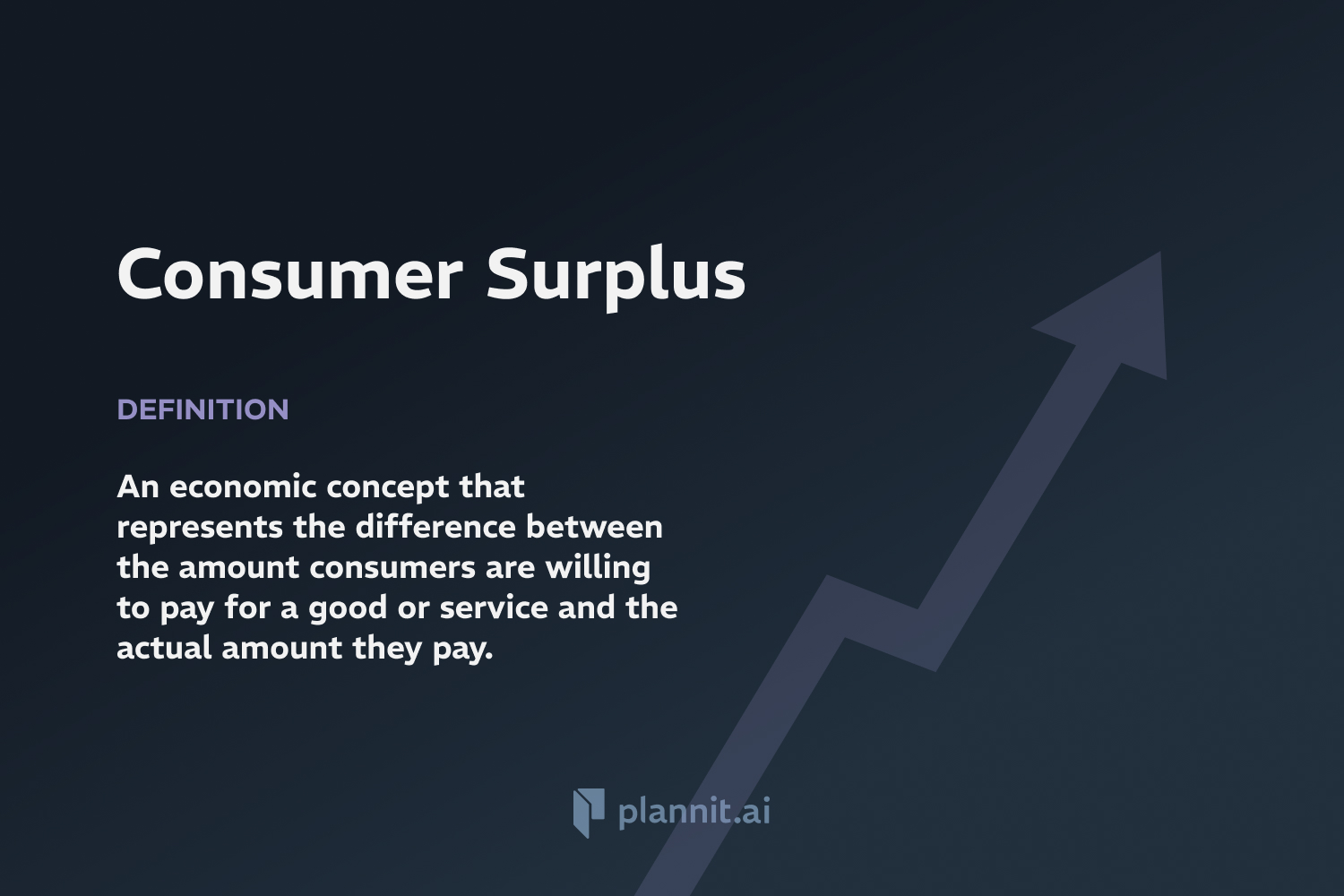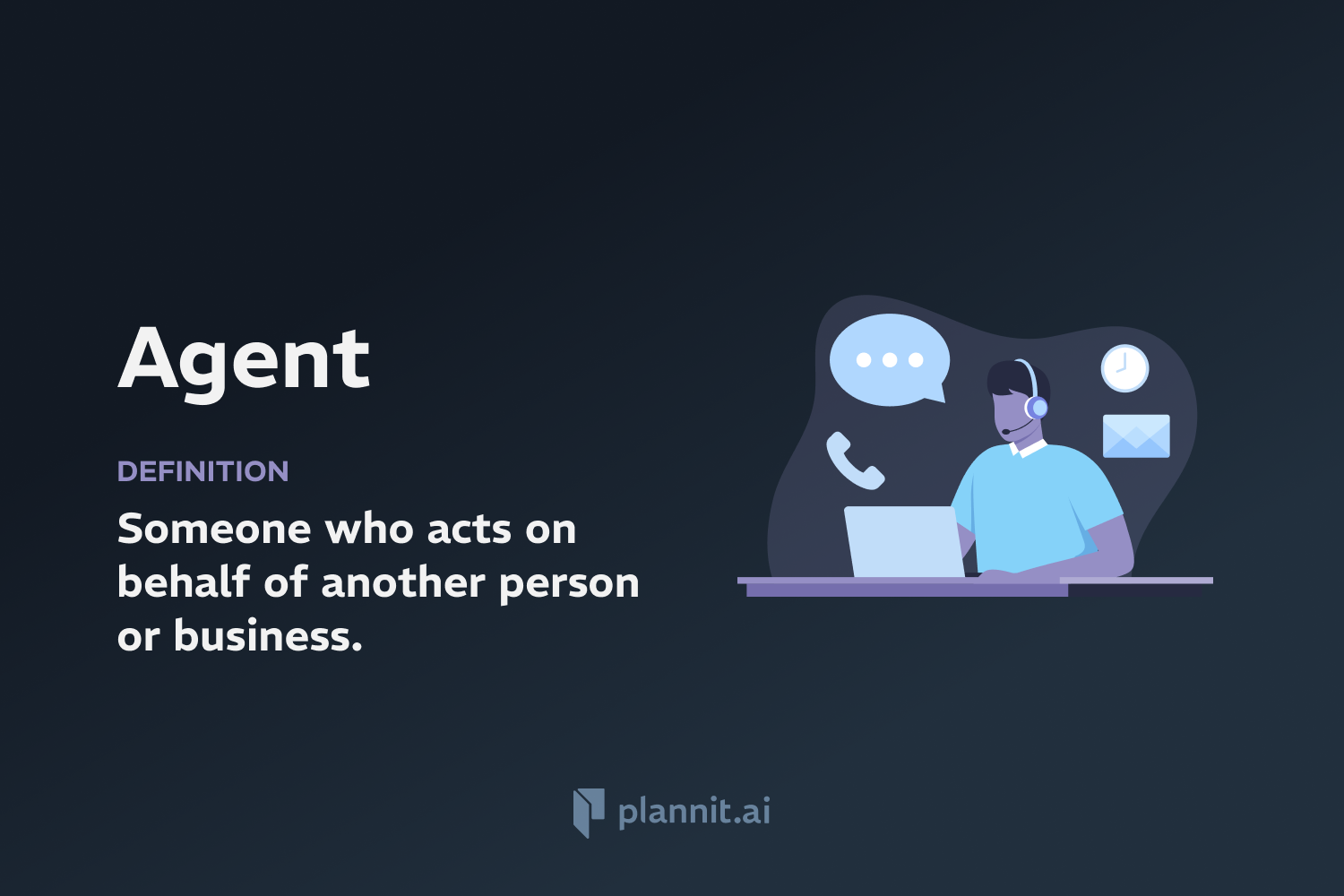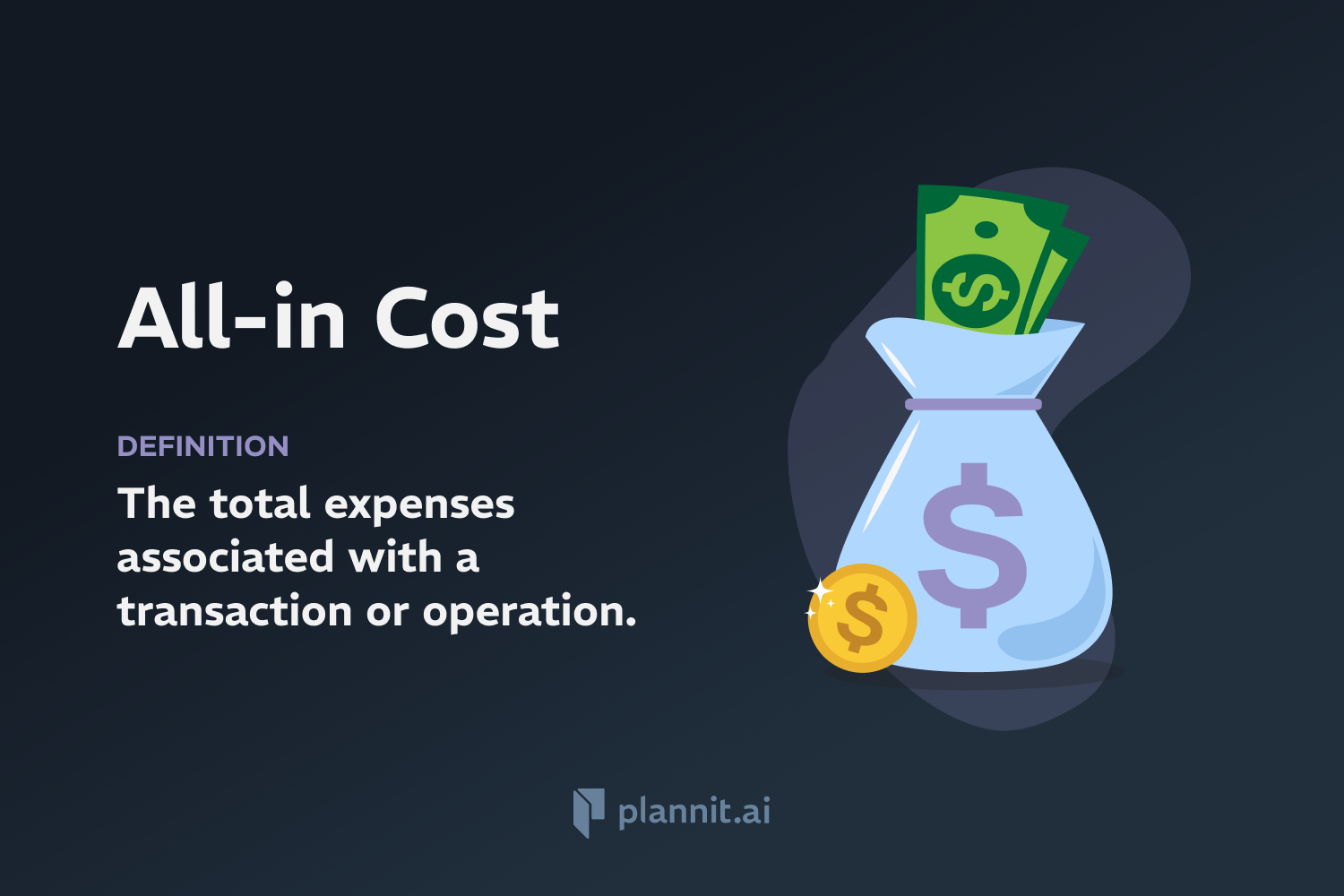Need Help With Your Business Plan?
Answer tailored questions and get a detailed business plan in minutes.
Outsourcing: Definition & In-Depth Explanation
Outsourcing involves contracting out business processes to external parties or vendors, typically to leverage benefits such as reduced costs, improved efficiency, or access to specialized expertise. This practice can be applied to a wide range of functions, from manufacturing to services such as IT, customer support, or human resources. Organizations of all sizes across various industries use outsourcing as a strategic tool to enhance their competitive edge and focus on core business activities.
Purpose:
The primary purpose of outsourcing is to enable businesses to reduce operational costs, improve service quality, speed up product development, and free up internal resources for other purposes. It allows companies to take advantage of the skills and economies of scale provided by external vendors, often in different regions or countries, to optimize their operations and focus on their core competencies.
Example:
A technology firm may outsource its customer service operations to a company that specializes in call center management. By doing so, the firm can not only reduce labor and infrastructure costs but also ensure that their customers receive professional support. Similarly, a clothing retailer might outsource clothing production to a country with lower labor costs to enhance profitability.
Related Terms:
Offshoring: Relocating business processes or production to another country, often for lower costs or to access skills not available domestically.
Insourcing: The practice of performing business functions internally rather than contracting them out to external companies.
BPO (Business Process Outsourcing): The practice of hiring another company to handle business activities for you, such as payroll, HR, or accounting.
Contract Manufacturing: Outsourcing part of the manufacturing process of a company's product to an external firm.
FAQs:
What are the risks associated with outsourcing?
Risks include loss of control over certain business functions, issues with service delivery such as delays or poor quality, security risks particularly with data-sensitive functions, and potential backlash from consumers or employees.
How does outsourcing impact employment?
While outsourcing can lead to job losses in the outsourcing organization, it may also create jobs in the economy where the service provider is located. It often requires a balance between operational efficiency and corporate responsibility.
Can outsourcing lead to cost savings?
Yes, outsourcing can lead to significant cost savings in labor, operational, and infrastructure costs, especially when tasks are outsourced to regions with lower costs. However, it's essential to account for all potential costs including transition and ongoing management.
What should companies consider when choosing an outsourcing provider?
Companies should consider factors such as the provider's reputation, expertise, compliance with relevant regulations, their ability to meet service level agreements, and the overall cost-effectiveness of the arrangement.
Is outsourcing suitable for all types of businesses?
While outsourcing can benefit many businesses, it may not be suitable for all. Businesses with highly specialized needs, those in highly regulated industries, or those with specific security concerns may find outsourcing more challenging.
Get funding with a business plan that will impress investors.
Starting a New Business?



